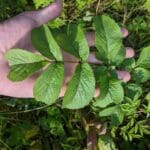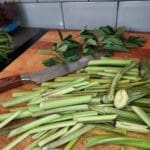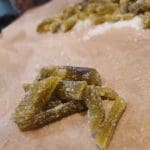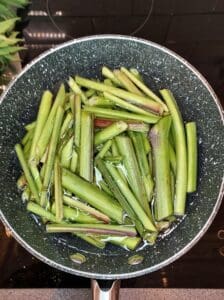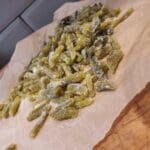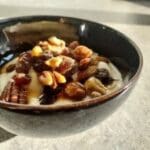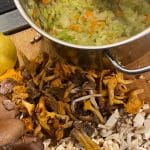Candied Angelica stems are a very old form of candy, I remember it as something bright green that my Nana used to decorate trifles. Normally Garden Angelica (Angelica archangelica) is used but in my opinion the wild variety has lots more flavour. This recipe is really simple and only really has 2 ingredients, it can be a bit laborious but it’s well worth the time and effort.
Angelica – Angelica Sylvestris, a common, native member of the Carrot or Umbellifer family. It’s not the easiest plant to ID as its leaves look a little like Hemlock Water Dropwort (Oenanthe crocata) so care must be taken. Also like other members of the family, it contains phototoxic compounds called furanocoumarins that may cause sensitivity to the sun. Contact with the juice can cause a rash or skin irritation in some. Please don’t let this put you off, cultivated parsnips for example contain the same compounds and they are widely eaten and don’t come with a health warning on the packet. But it’s always best to be on the safe side, so wear some gloves just in case.
Ingredients:
- Fresh, tender Angelica stems, cut into inch-long pieces
- Sugar
- Water
Click here for our Angelica identification guide.
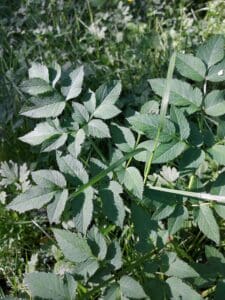
Instructions:
- Prepare Angelica Stems:
– Blanch the Angelica stems in boiling water for a few minutes.
– Drain and allow them to cool.
– Peel off the fibrous outer skin from the stems. - Create Syrup:
– In a pot, bring equal parts water and sugar to a rolling boil. - First Boil:
– Add the prepared Angelica stems to the boiling syrup.
– Boil for 5 minutes.
– Remove the stems and let the syrup boil rapidly for an additional 5 minutes - Infusion:
– Pour the hot syrup over the Angelica stems, covering them.
– Allow the mixture to cool, then refrigerate for at least 12 hours.
Repeat Process:
– Drain the syrup and bring it to a rolling boil.
– Boil the Angelica stems for 5 minutes.
– Remove the stems and boil the syrup rapidly for another 5 minutes.
– Repeat this process at least one more time.
Final Step:
– After the last infusion, remove the Angelica stems and pat them dry.
– Toss the dried stems in caster sugar until fully coated.
Drying:
– Dry the sugar-coated Angelica stems in a dehydrator or a low oven.
Storage:
– Store the candied Angelica stems in a sealed container or jar.
Find more amazing Wild Food recipes here:



